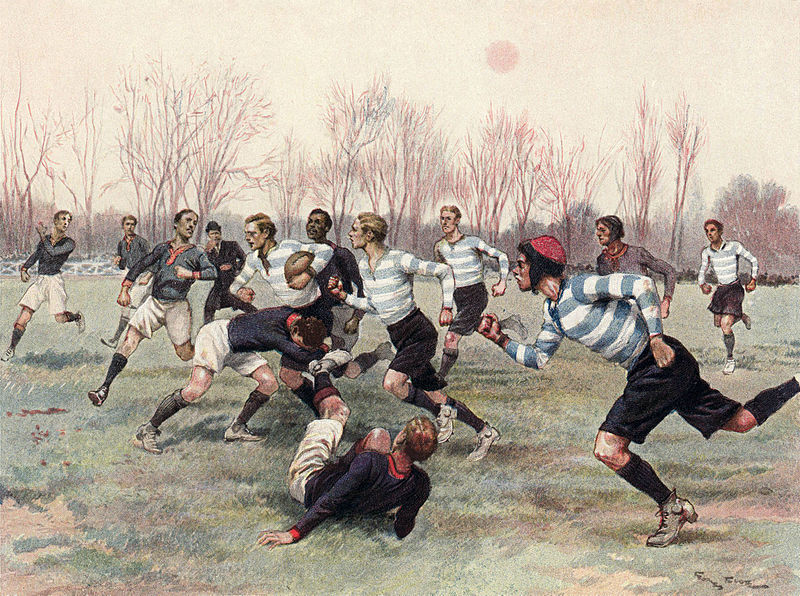This test is run by .
Note that your final mark will not be saved in the system.
Note that your final mark will not be saved in the system.
Emergence and evolution of modern sport (post-industrial Britain) Typeit
Target Level
C
Running Total
0
0%
Attempt
1 of 3
Type the correct answers into the spaces. Fill all the spaces before clicking ‘Check Answers!’

is a loose term that can be applied to the shift from agriculture to industrial centres, facilitated by developments in transportation and manufacturing in the late 19th century. It is closely associated with urbanisation, which is the migration of predominantly societies to urban areas and ways of life. Post-industrial Britain can be referred to as the time after 1850 and its effects on sport continued well into the 20th century, shaping what we know as sport today.
Social and cultural factors that influenced the characteristics of, and participation in, sport in post-1850 industrial Britain:
- Social class - This era in British history was characterised by the emergence of the class, such as factory owners and doctors. A social divide could be observed between (upper-class) and (lower-class) status. Distinct roles developed where the lower class were mainly participants, the middle class managers and agents, and the upper class owners and supporters.
- Transport - The improvement of road conditions and railways, as well as the development of the steam engine, allowed sports teams to travel a greater distance to play against a wider range of opponents. While an improvement in transport increased opportunities for the competitors, it also increased opportunities for the spectators to travel to support their teams.
- Availability of time and money - The changing work conditions from agriculture to industry led to the development of the 'working class'. The long hours of laborious work like that in factories meant there was little free time to participate in sports during the week, but this was overcome by the introduction of Saturday play. Across a variety of professions, workers were allowed a on Saturdays to participate in sport. Improvements in industry also resulted in an increase in wages. Transport was more affordable, facilitating the organisation of sports fixtures across the country. The introduction of broken time payments by clubs compensated the working class for missing work during Saturday play.
- Gender - In post-1850 industrial Britain, females were expected to fulfil their societal roles as housewives or carers, and so their time for participation in sport was . Moreover, they were viewed as the sex and so strenuous sports were perceived as being unsuitable and improper for women to be involved in. Sports that better reflected their expected behaviour, such as archery and lawn tennis, were, however, considered acceptable.
- Law and order - The middle class were willing to apply education to sport and lifestyle, leading to the establishment of . The introduction of for certain sports made them less violent and unruly. Popular recreation was adapted to recreation through organised sports and the promotion of ethics.